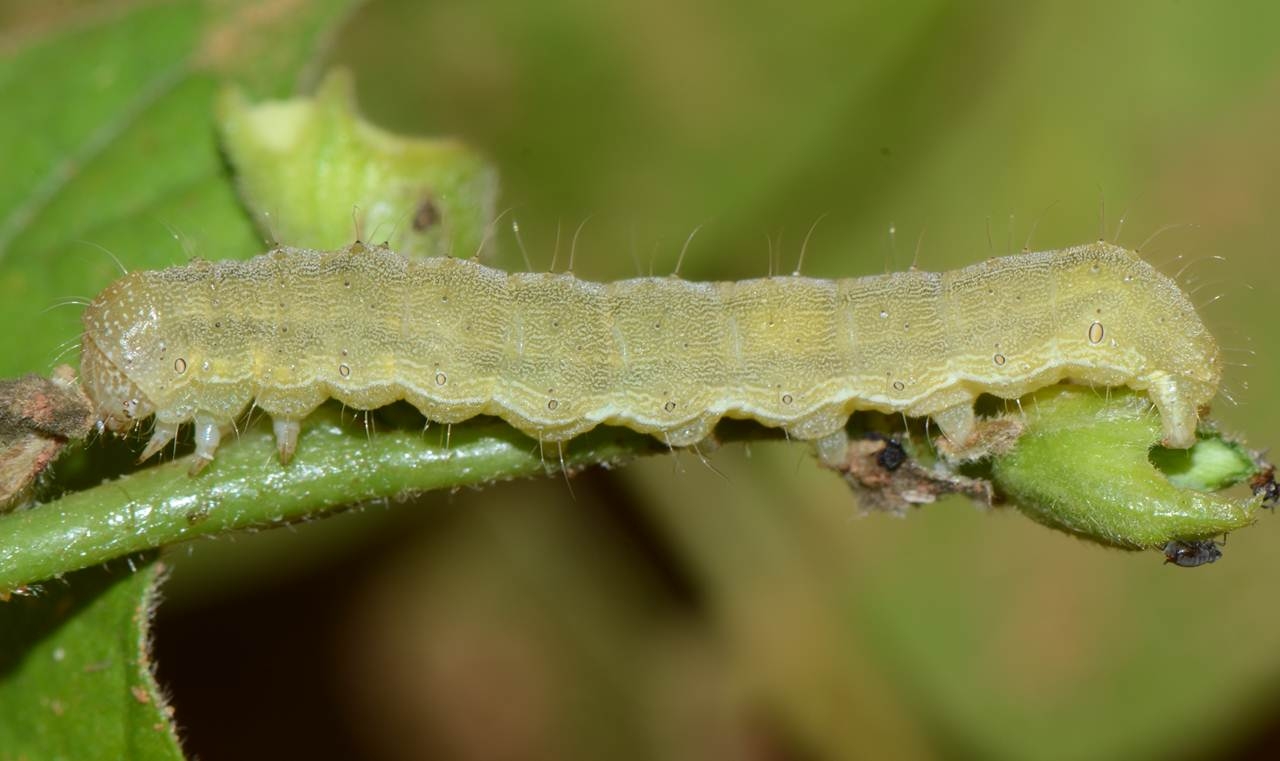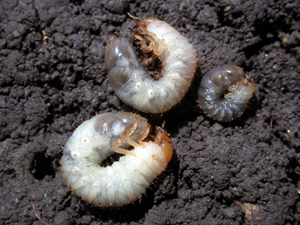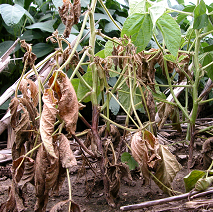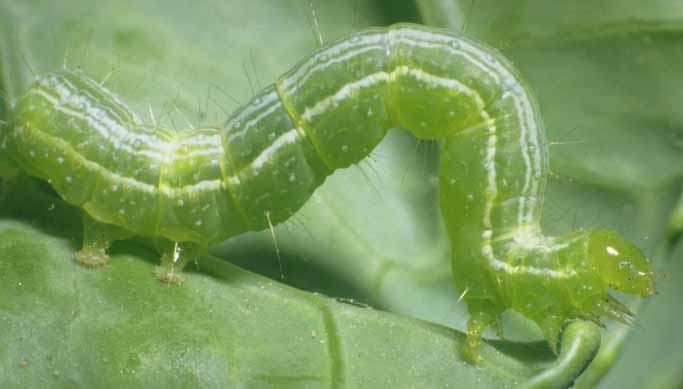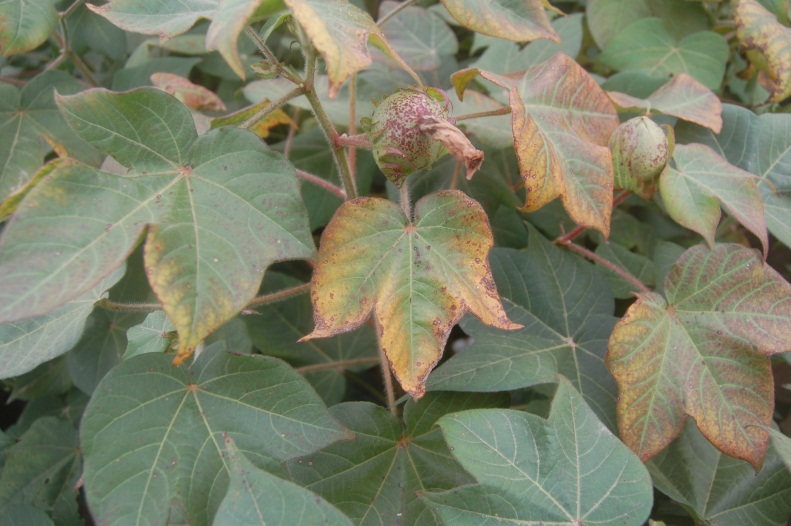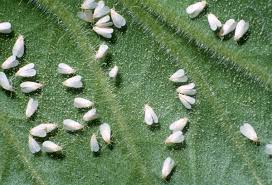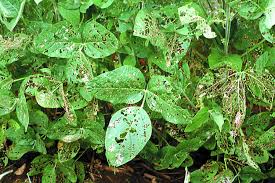Fruit fly in Sponge Gourd:-
- The maggot burrow in to the fruits and suck the sap.
- Infested fruit decay and drop.
- The fly mainly prefers tender fruits for egg laying.
- Ovipositional punctures caused by adults also cause injury on fruits and fruit juice oozes out.
- This also results in distorted and malformed.
- The maggots feed on the pulp of fruits as well as on the immature seeds and cause premature dropping of fruits.
Control:-
- Collected and destroy infected fruits.
- To prevent egg laying fly traps (Pheromons traps) can be set up in the yield with 1%methyl Engenol or Cintronella oil or vinegar or dextrose or Acetic acid or laetic acid.
- Cover developing fruits with paper or polythene cover immediately after anthesis pollination.
- Maize plants grown in rows at a distance of 8-10 cm in sponge gourd field is effective as flies rest on such tall plants.
- Soil incorporation of cabaryl 10% dust can be made in fruit fly endemic areas.
- Spraying of Dichlorovas @3ml/lit of water at fortnightly intervals.
- Deep ploughing to expose hibernating stages.
Like and share with other farmers by clicking on button below.
Share


